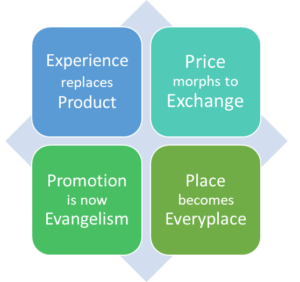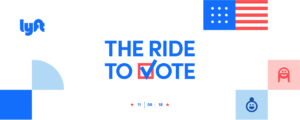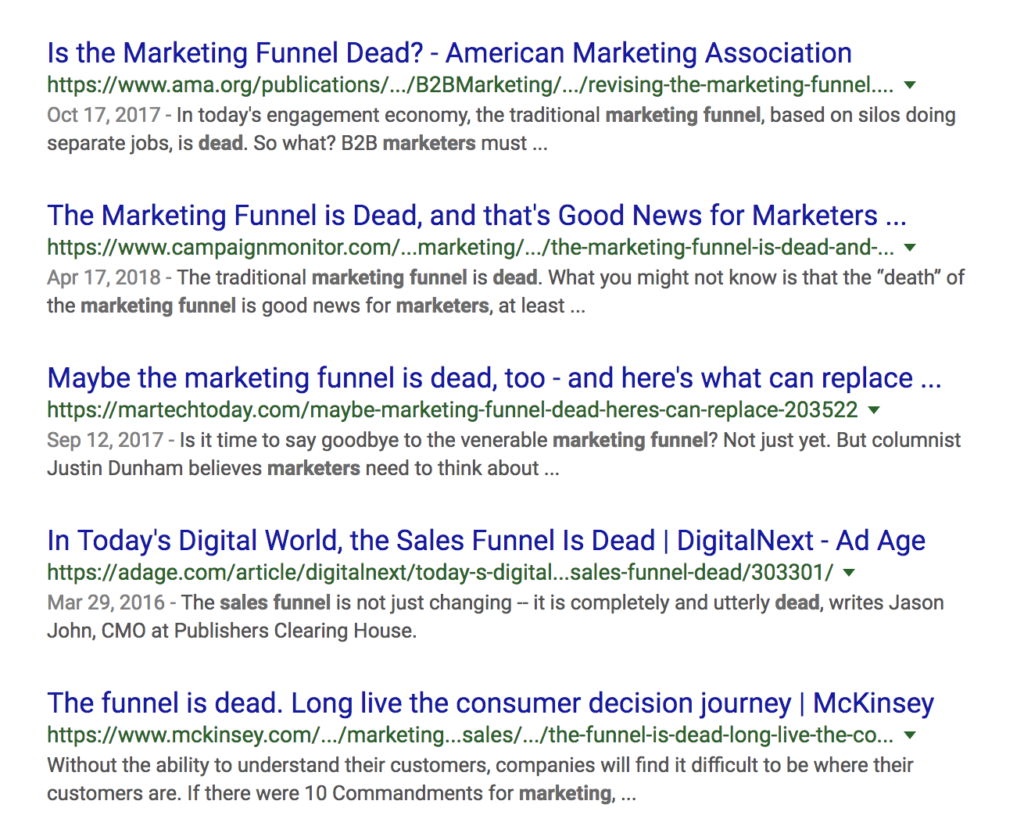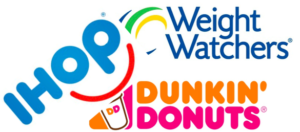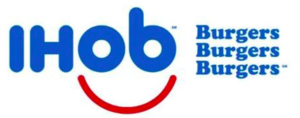Sitting down to watch “The Pitch” series has been truly educational. I mean I know those types of meetings exist, obviously I have watched them for this class.
When I was little and my friends and I would sit around talking about what we wanted to be when we grew up: they all wanted to be models but not me. I wanted to be in advertising. I was going to be the one that got the perfect idea at the perfect high-pressure moment and win some big accounts (and maybe not win a few smaller ones). My method would be flawless and I would buy expensive shoes on Madison Avenue and only ride first class and my nail polish would always match my outfit.
Fast forward, none of it happened.
But what if that whole “high-pressure-advertising” and “sending your best people to the pitch” mentality is… well…old technology?
I realize I am entering murky waters I mean, so much of what we are learning is how to pitch but maybe agencies today are pitching the wrong thing?
While reading my daily dose of Ad Age (I’m still not entirely sure how they got my email) one article caught my eye. Siltanen & Partners is moving in a different direction and are now guaranteeing results for clients without the expensive pitch spectacle (Graham, 2018). I can’t begin to fathom the cost of the time value and travel for everyone working on the Subway pitch we all watched and was shocked to find out some agencies are expected to shell out almost $500k (Graham, 2018; Schultz 2018).
Instead, S&P enters a sort of partnership in which a prospective client is given a plan of objectives and clear metrics to meet the objectives (Graham, 2018). If S&P does a commercial for a campaign the client is only responsible for production costs and buying air but is not expected to pay an agency fee unless the desired objectives are met (Graham, 2018).
Other agencies are less interested in the pitch and are more interested in who is actually doing the work (Schultz, 2018). Burnett Collective agrees: Clients now spend time at the agencies engaging in meaningful conversations, learning how teams work together and if the client and the agency’s culture are a good fit (Schultz, 2018). It’s more about having conversations and cultivating relationships and figuring out if everyone can work together (Schultz, 2018). Hershey CMO Jill Baskin likes to socialize even after these meetings to see what topics emerge over lunch (Schultz, 2018).
It sounds interesting! A client could give an agency a smaller job to see if everything goes well before asking for a bigger project. Like everything in the world, the only constant is change. The pitch has evolved into a brilliant collaborative of ideas that the client can walk away from without risk!
And I don’t have to worry about my nail polish.
Graham, M. (2018, October 1). Siltanen & Partners won’t participate in your traditional agency review. Ad Age. Retrieved from https://adage.com
Schultz, E. J. (2018, April 2). The new pitch process: shorter, faster, better. Ad Age. Retrieved from https://adage.com


